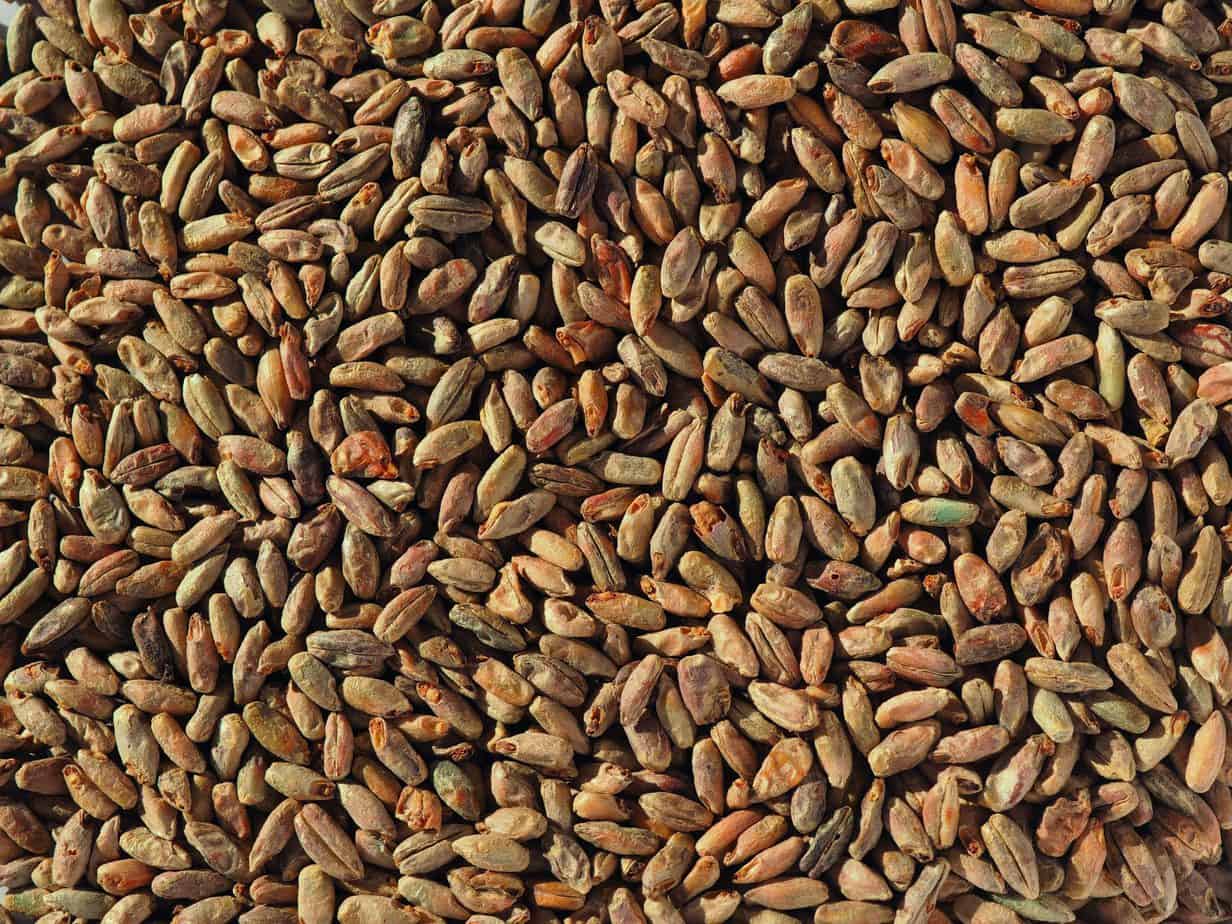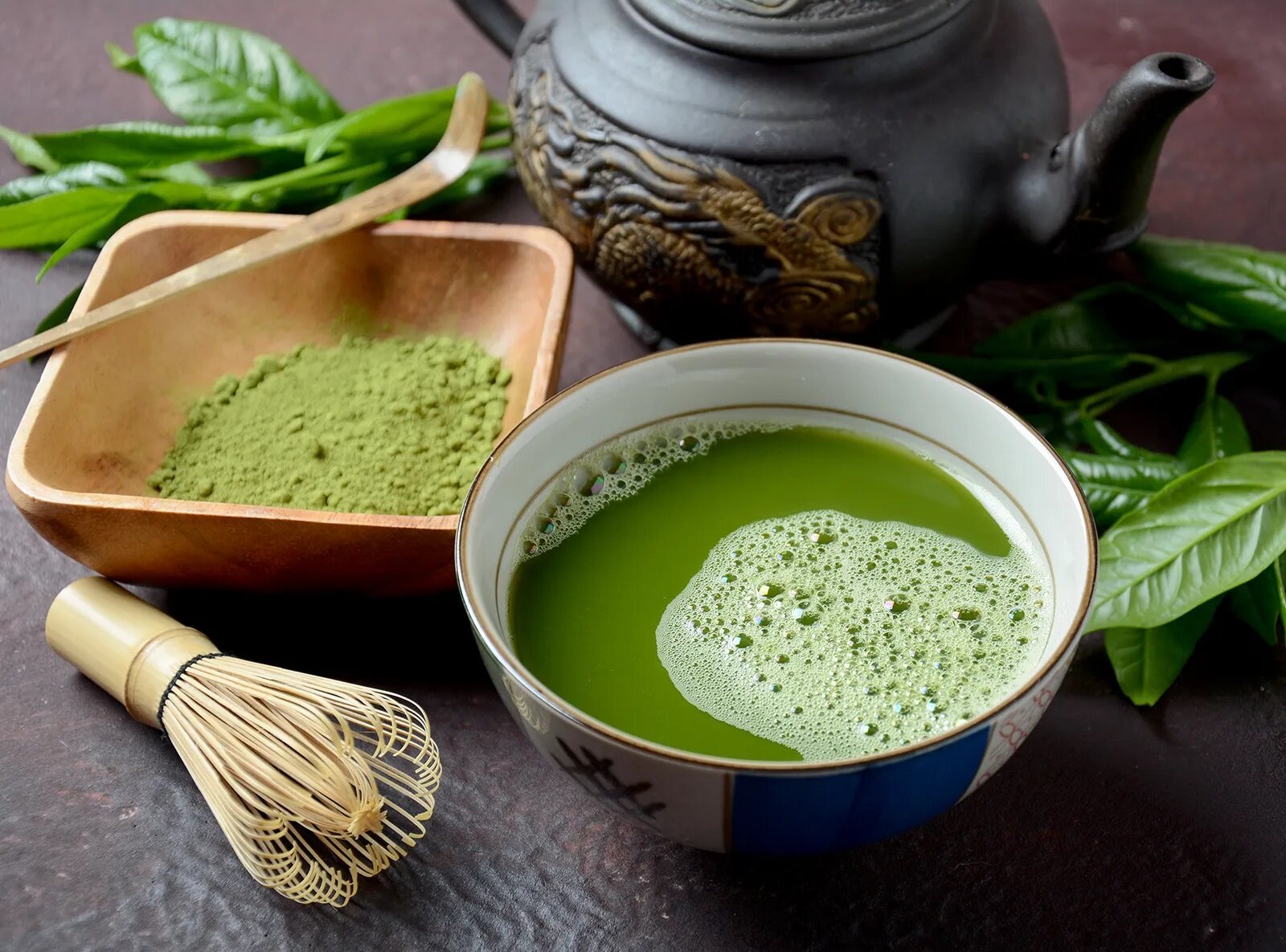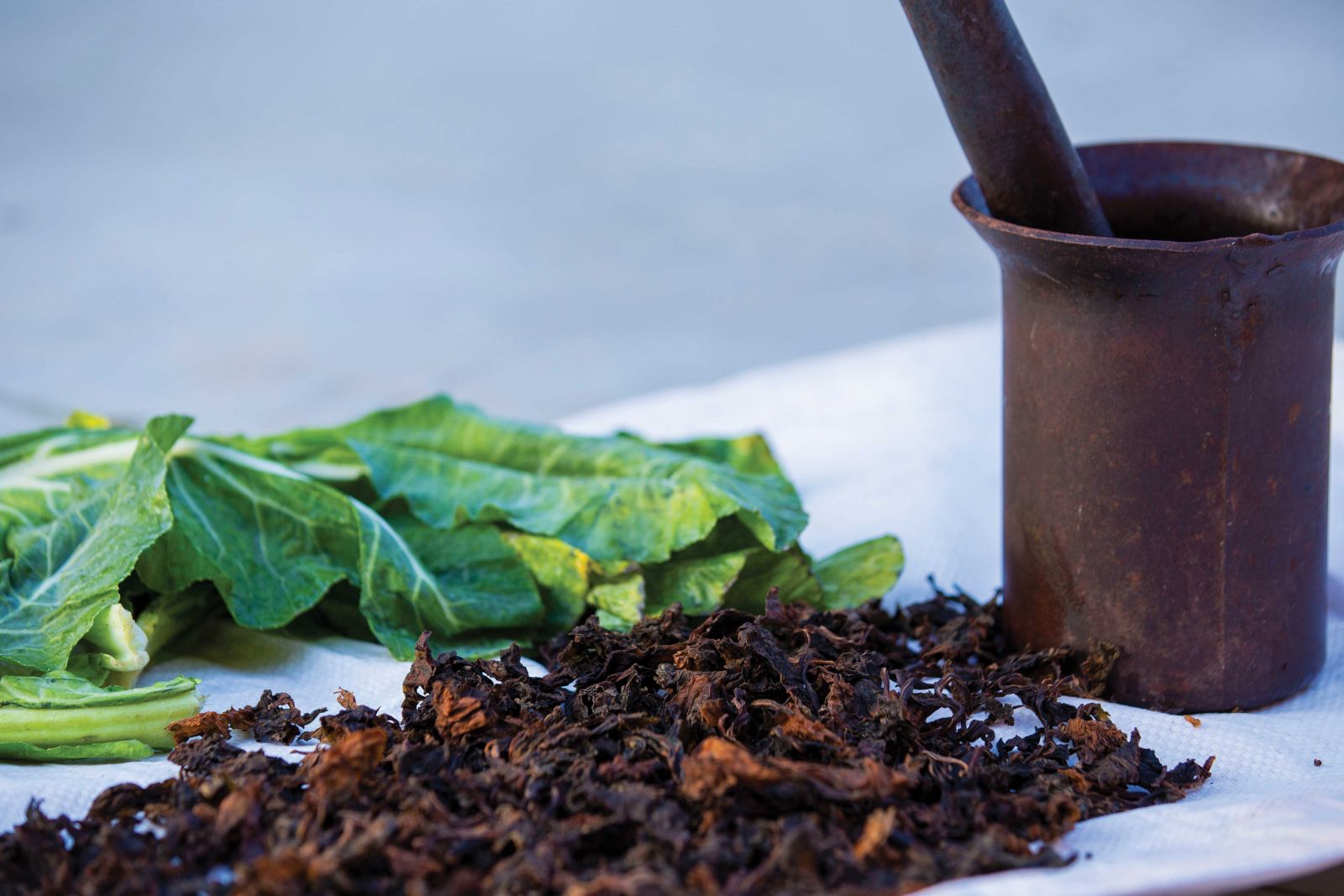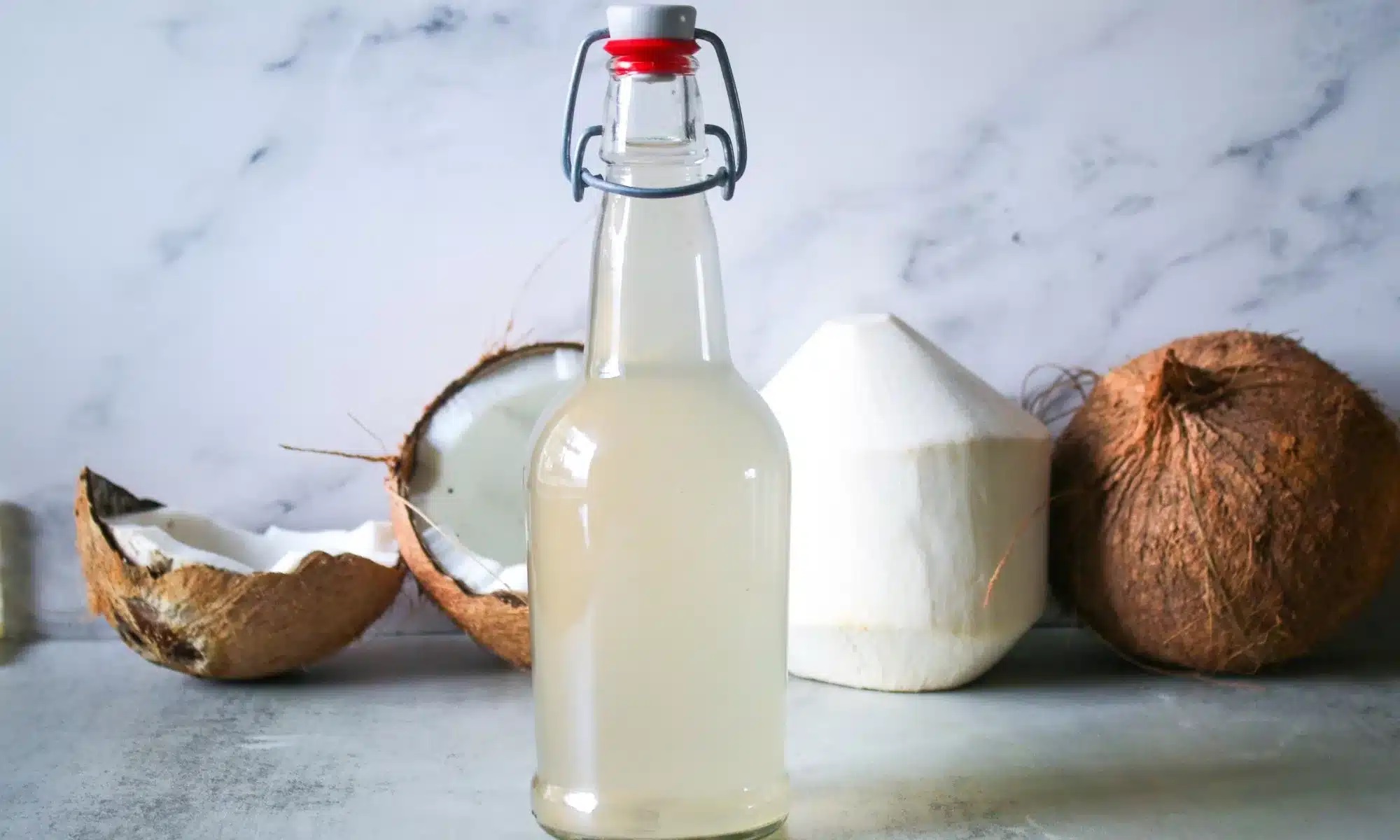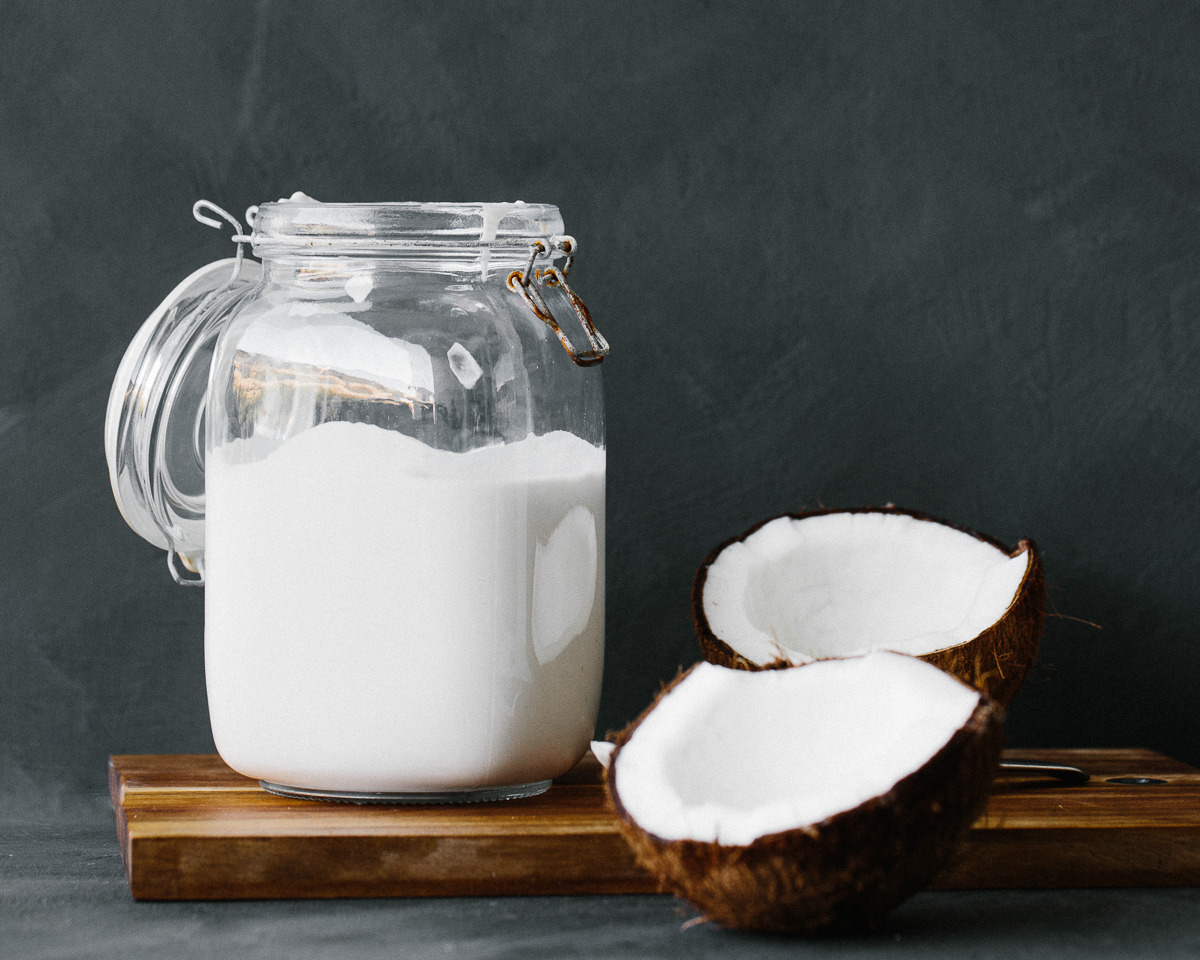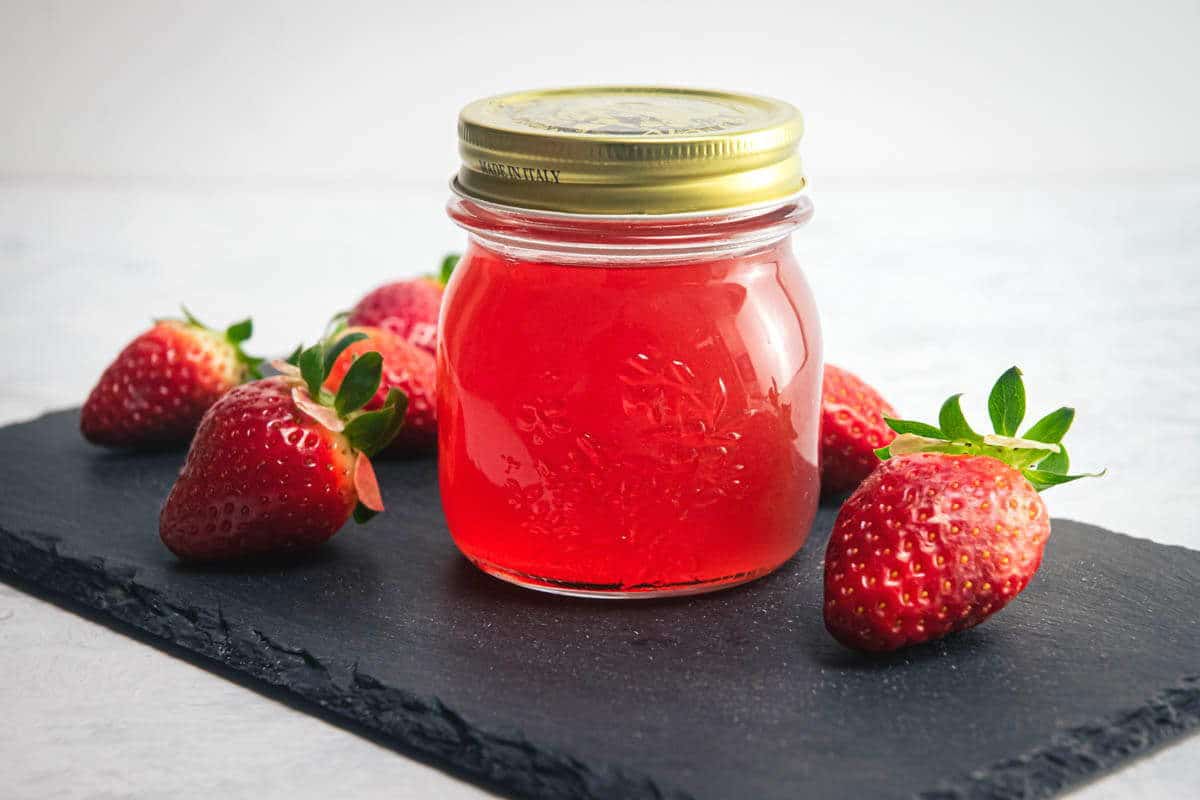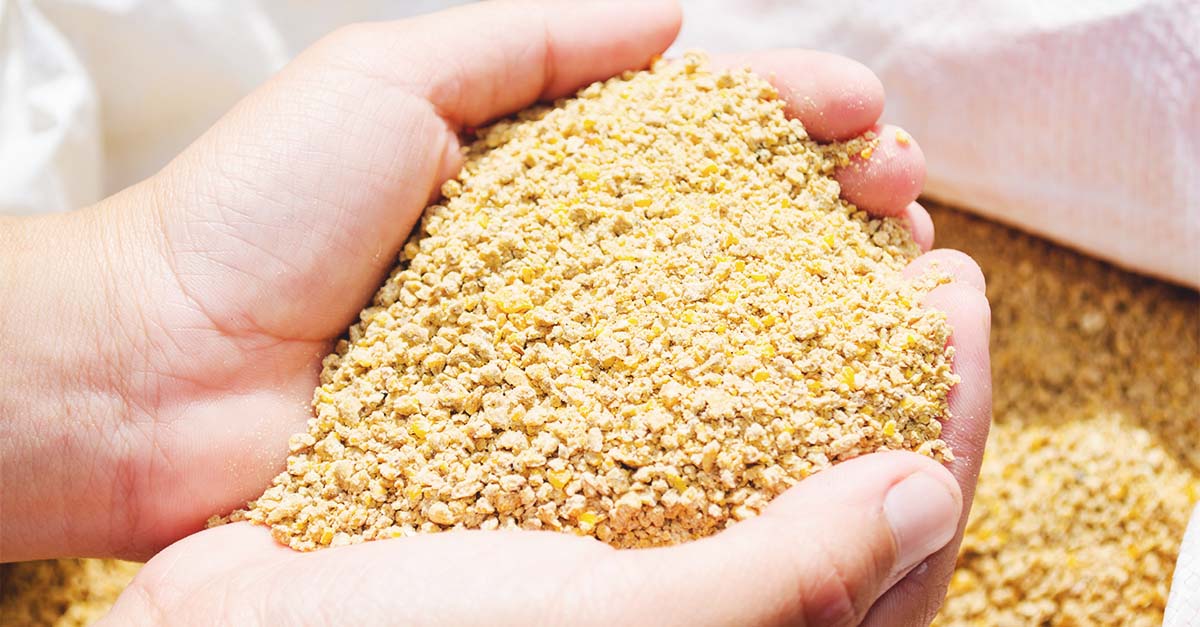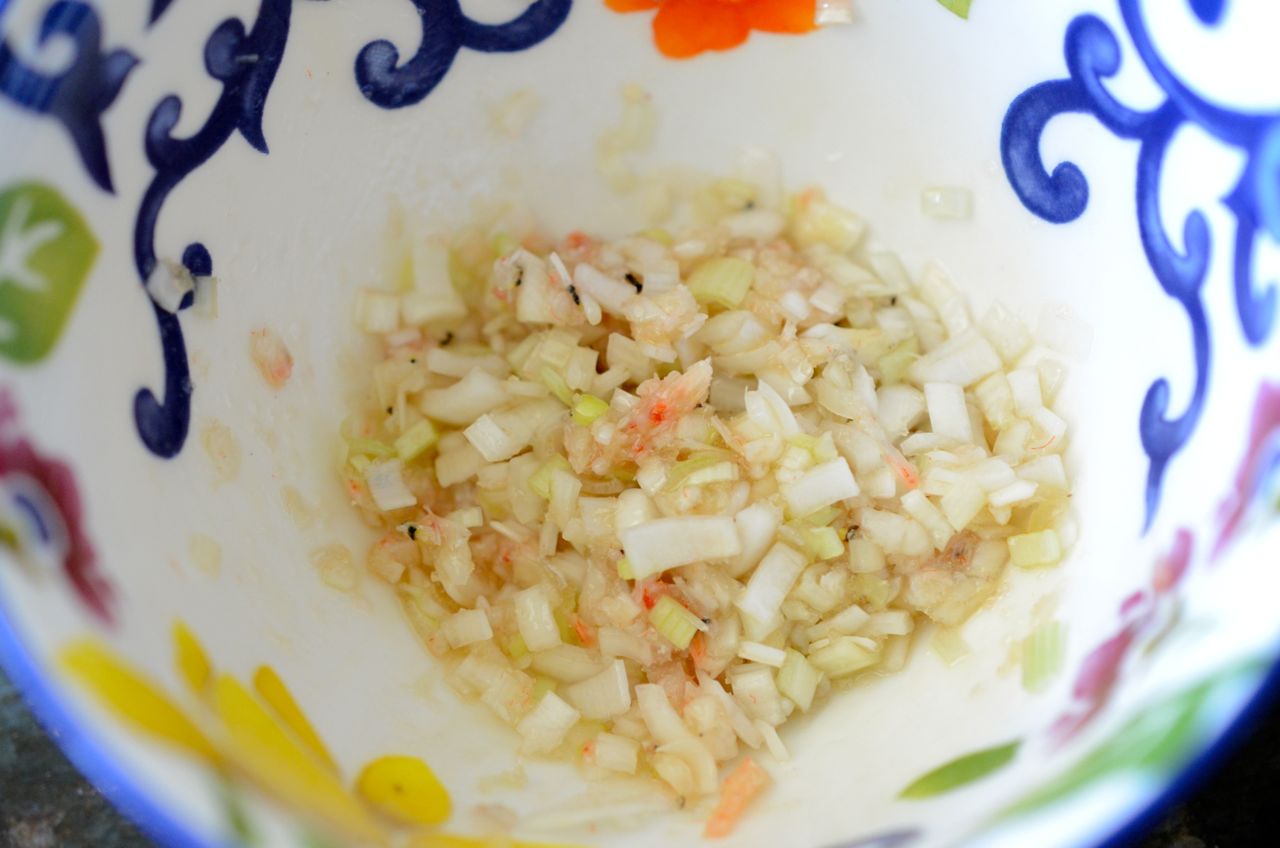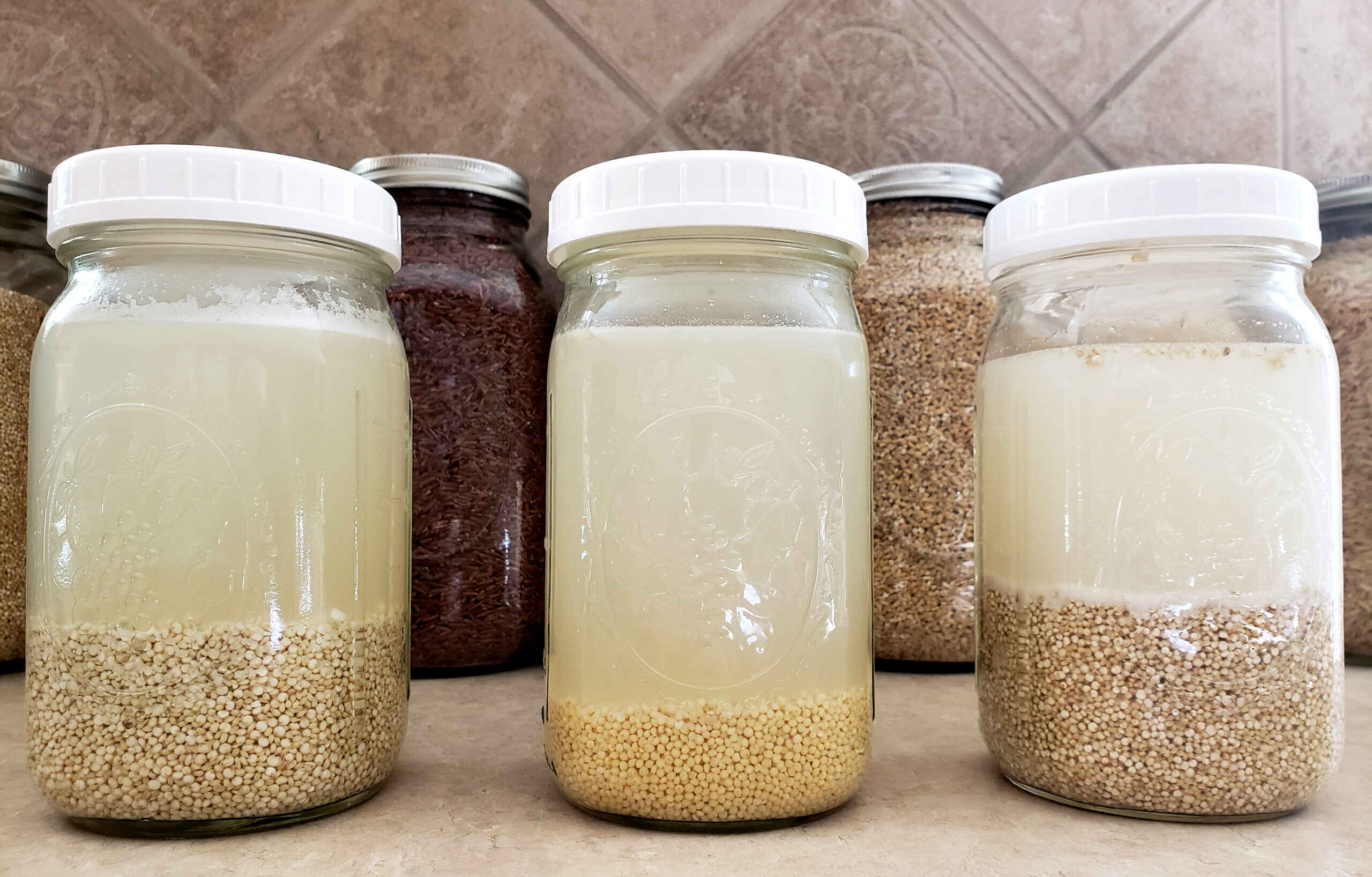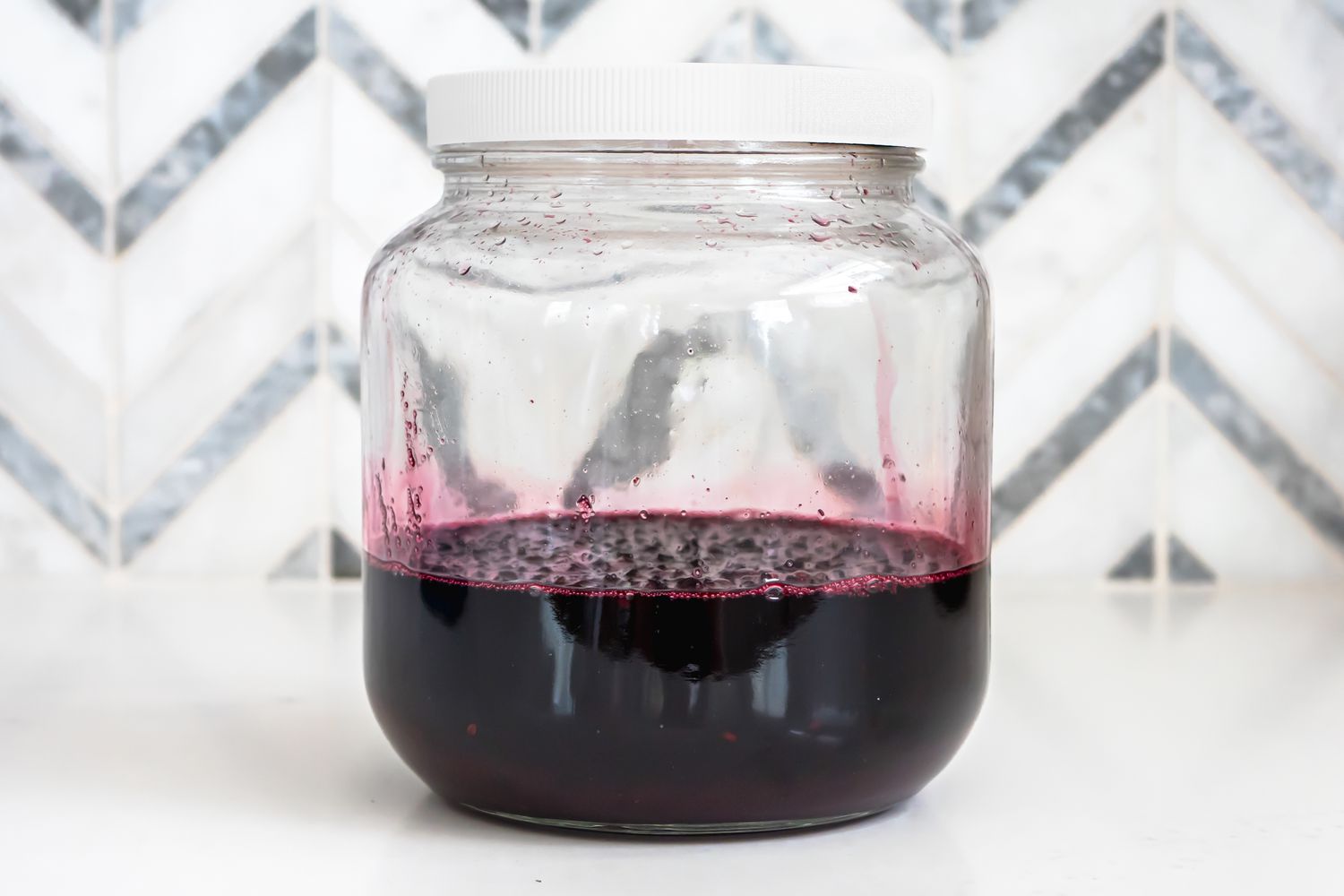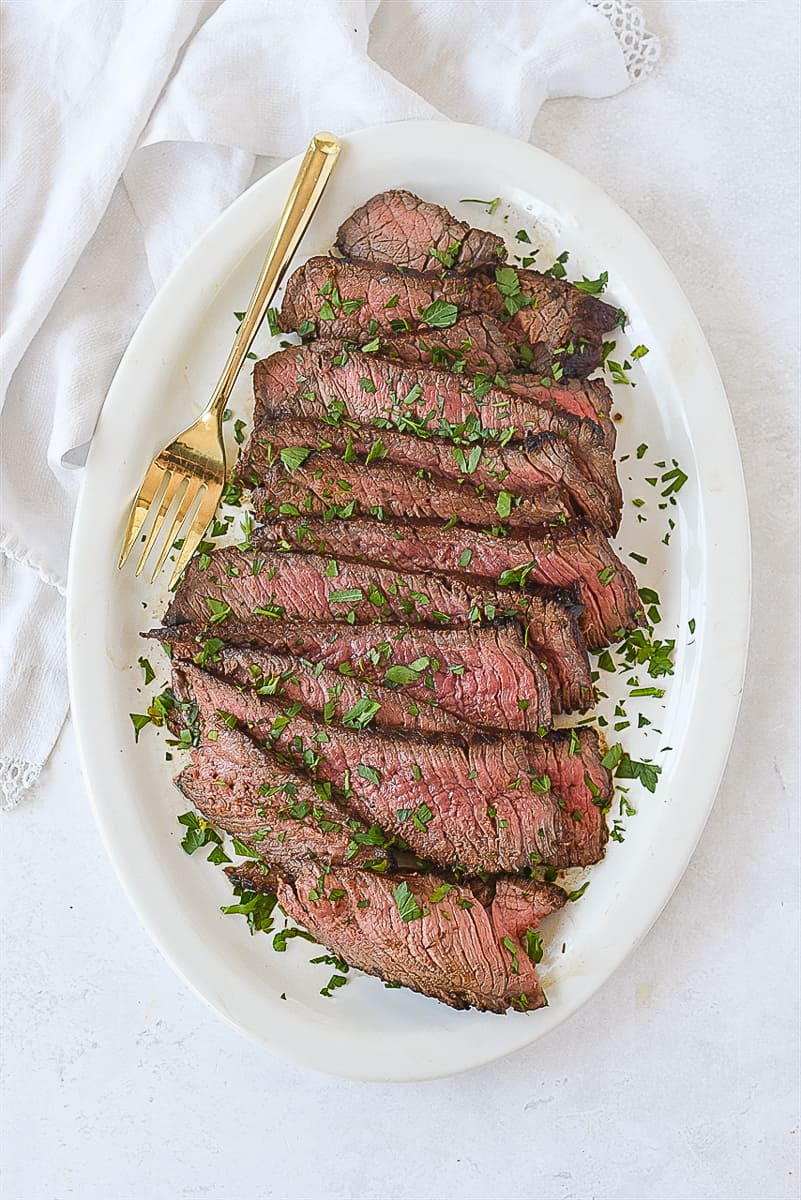Unlocking the Secret to Fermenting Kefir Directly from the Refrigerator
Welcome to the world of kefir, a delicious and nutritious fermented beverage that has been enjoyed for centuries. Kefir is packed with probiotics, vitamins, and minerals, making it a fantastic addition to a healthy diet. If you’re looking to harness the power of kefir in your own home, you’re in luck! With the right knowledge and a few simple steps, you can easily ferment kefir directly from your refrigerator. Let’s dive into the process and unlock the secrets of fermenting kefir at home.
Understanding the Basics of Kefir Fermentation
Before we delve into the specifics of fermenting kefir from the refrigerator, it’s important to understand the basics of kefir fermentation. Kefir is made by fermenting milk with kefir grains, which are a combination of bacteria and yeast that create the characteristic tangy flavor and effervescent texture of kefir. During the fermentation process, the kefir grains consume the sugars in the milk and produce beneficial compounds such as lactic acid, carbon dioxide, and a range of vitamins and minerals.
Fermenting Kefir Directly from the Refrigerator: A Step-by-Step Guide
Now, let’s explore the step-by-step process of fermenting kefir directly from the refrigerator. This method is convenient and straightforward, allowing you to enjoy fresh kefir without the need for complicated equipment or extensive preparation.
- Prepare the Kefir Grains: Begin by taking your kefir grains out of the refrigerator. If they have been stored in milk, strain them and discard the milk. If they have been stored dry, rehydrate them by placing them in a small amount of milk for a few hours.
- Combine the Kefir Grains and Milk: Once the kefir grains are ready, place them in a clean glass jar and pour in the desired amount of fresh milk. Use a ratio of approximately 1 tablespoon of kefir grains for every 1-2 cups of milk.
- Seal the Jar: Cover the jar with a breathable cloth or coffee filter and secure it with a rubber band. This allows air to flow in and out of the jar while preventing contaminants from entering.
- Place the Jar in the Refrigerator: Instead of leaving the jar at room temperature, place it directly in the refrigerator. The cold temperature will slow down the fermentation process, allowing you to ferment the kefir over a longer period.
- Monitor the Fermentation: Check the jar periodically to observe the fermentation progress. The kefir is ready when it reaches your desired level of tanginess and texture, which typically takes 24-48 hours in the refrigerator.
- Strain and Enjoy: Once the kefir has reached the desired consistency, strain out the kefir grains and transfer the finished kefir to a clean container. It’s now ready to be enjoyed or stored in the refrigerator for later use.
Tips for Successful Kefir Fermentation
As you embark on your kefir fermentation journey, keep these tips in mind to ensure successful results:
- Use Quality Ingredients: Opt for high-quality, fresh milk to provide the best environment for the kefir grains to thrive.
- Experiment with Fermentation Time: The beauty of fermenting kefir from the refrigerator is the ability to control the fermentation time. Experiment with different durations to find the perfect balance of flavor and texture.
- Store the Finished Kefir Properly: Once the kefir is ready, store it in a sealed container in the refrigerator to maintain its freshness and flavor.
- Take Care of Your Kefir Grains: After straining the kefir grains, rinse them gently with filtered water before starting the next batch. Proper care will help the kefir grains remain healthy and active.
Embracing the Art of Kefir Fermentation
Fermenting kefir directly from the refrigerator is a convenient and accessible way to enjoy this delightful beverage in the comfort of your own home. By following the simple steps outlined above and experimenting with different techniques, you can master the art of kefir fermentation and savor the delicious rewards. So, gather your supplies, prepare your kefir grains, and let the magic of fermentation unfold as you create your own homemade kefir directly from the refrigerator.
With a bit of patience and a touch of creativity, you’ll soon be sipping on your own freshly fermented kefir, brimming with probiotics and wholesome goodness. Cheers to the art of kefir fermentation!
Was this page helpful?
Read Next: How To Ferment Oatmeal From Scratch
